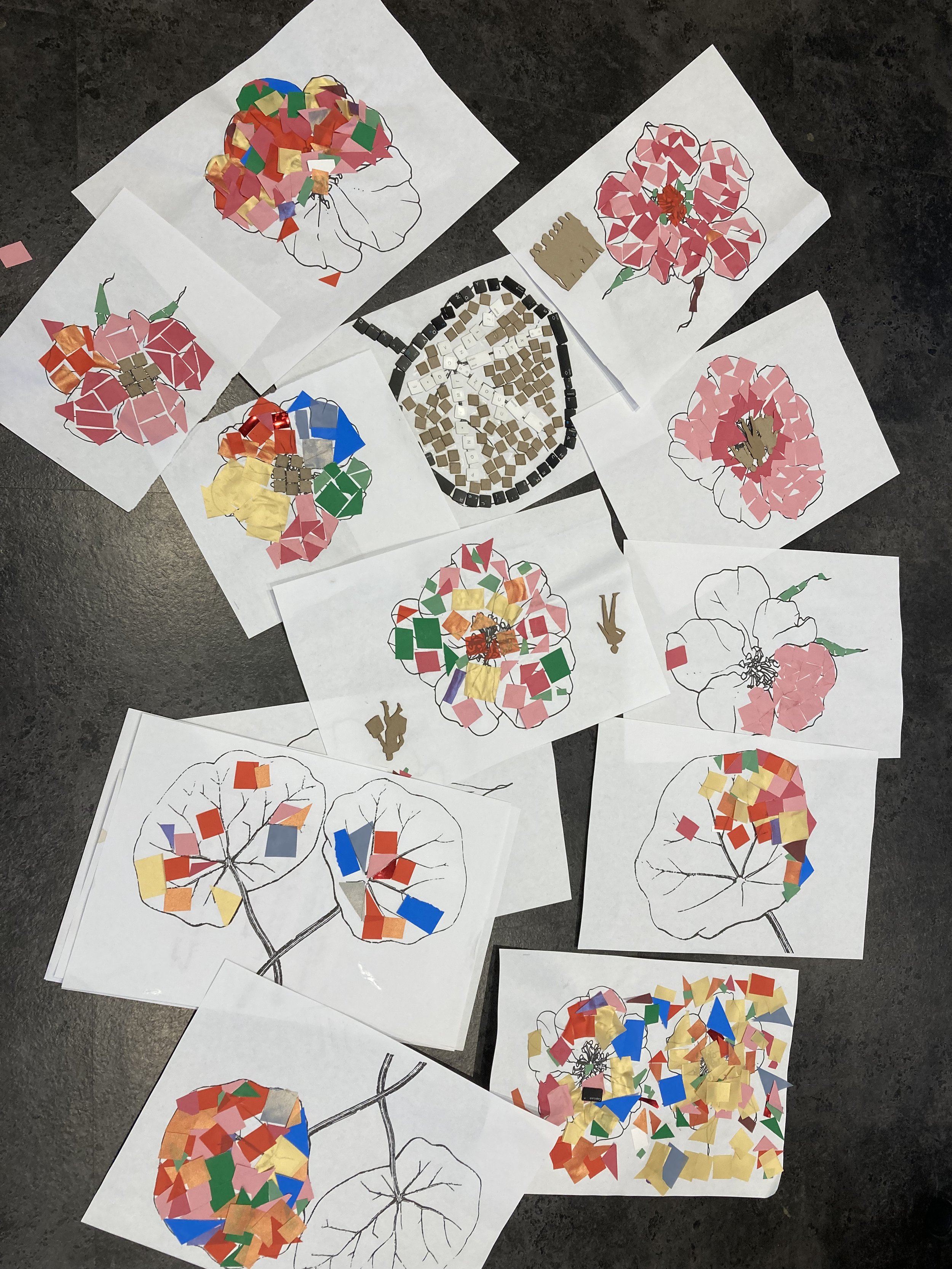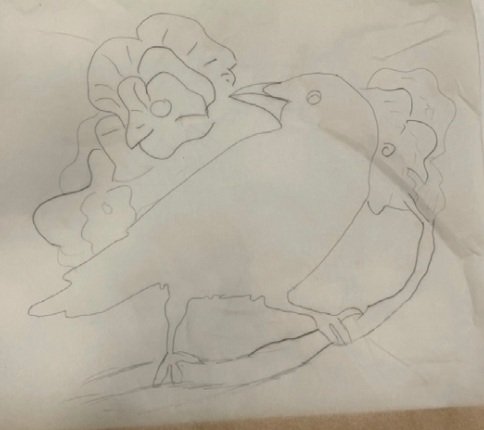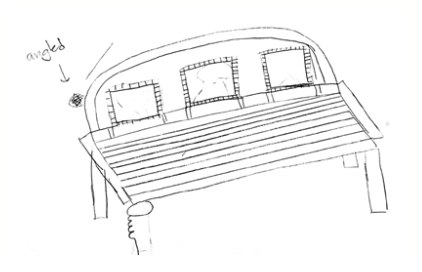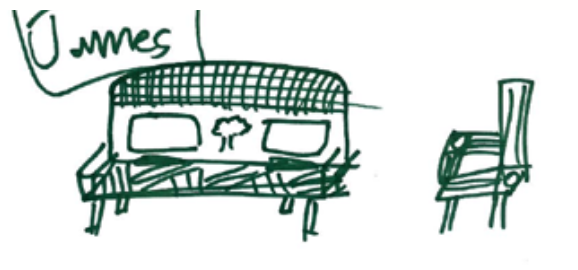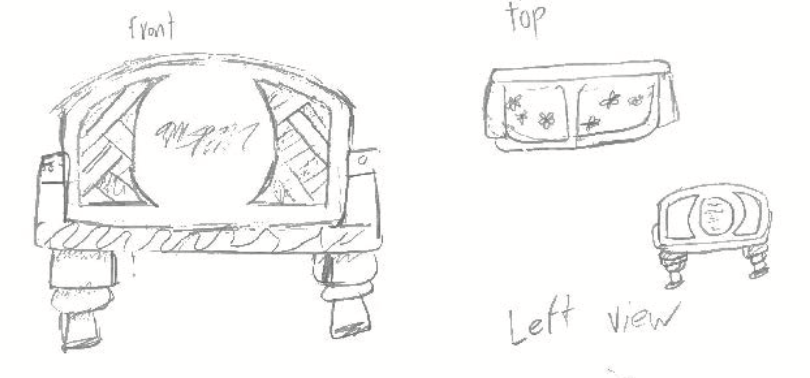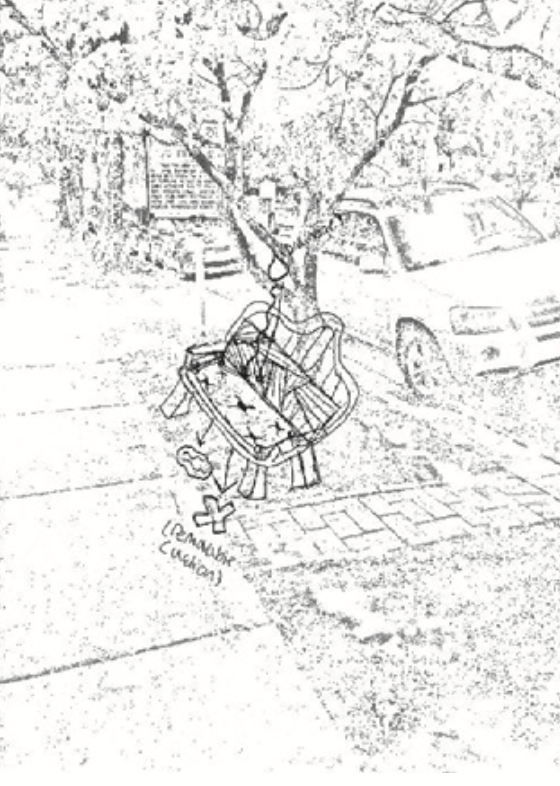
Project Pipeline:
Architectural Summer Mentorship Program
Project Overview
The National Organization of Minority Architects (NOMA) summer STEM program entitled Project Pipeline Architectural Summer Mentorship Program aims to increase the number of underrepresented minorities, especially African-Americans, pursuing careers in architecture. During the summer of 2022, the University of Virginia (UVA) School of Architecture piloted Project Pipeline in partnership with NOMA, Star Hill Pathways, the UVA Equity Center, and the Anne Spencer House and Garden Museum.
The program provided a three-week intensive design experience for eleven minority youth designed to improve their pathways to pursue design education and engaged UVA students in learning from and mentoring young people in local K-12 school systems. Their mission was to empower young people to affect change in their community through design. Using the city as the classroom and connecting young people to real-world architects and planners, they foster the next generation of design professionals, civic leaders, and changemakers.
Youth Designers talking with Director Shaun Spencer Hester during their visit to the Museum
Project Brief
Shaun Spencer Hester, granddaughter of Edward and Anne Spencer and daughter of Chauncey Edward Spencer, proposed to youth designers to create two benches, which will be located in front of the Anne Spencer House and Garden Museum. (The idea was developed by a research group from the UVA School of Architecture)
Youth designers worked with Shaun Spencer Hester, University professors, student mentors, and wood fabricators during the summer of 2022 to develop design concepts and build two proposed benches for the Anne Spencer House and Garden Museum.
The Design Process
1. Analyze + Empathize (Day 2-3)
Analyze: to examine methodically in detail
Empathize: to understand one’s feelings
Gathering information, researching stories and data, observing the site and landscape in an effort to effectively come up with an inspiration based on the things you noticed, felt, experienced, etc.
Introduction to Site Analysis
Utilizing graphic representation to diagrammatically map out a site, turning a landscape into layers of data for use
Anne Spencer House and Garden Museum Site Visit
Understanding the deep history within the Lynchburg community, experiencing the narrative and story of the site in an effort to design empathetically
2. Define + Conceptualize (Day 4-5)
Define: to determine and identify
Conceptualize: to form an idea
Processing and verbalizing the information that you have gathered and then applying it to a conceptual idea when a collection of thoughts, research, and narratives come to coalesce to create one idea
Model Making
How to discover and learn from the creation of models, creating models in an effort to understand and visualize our creative thoughts
Presenting
How to verbalize your thoughts in a design process, how to share ideas with peers, and have a conversation that leads to more exploration of concepts
Youth Designers at Work During the First and Second Phases
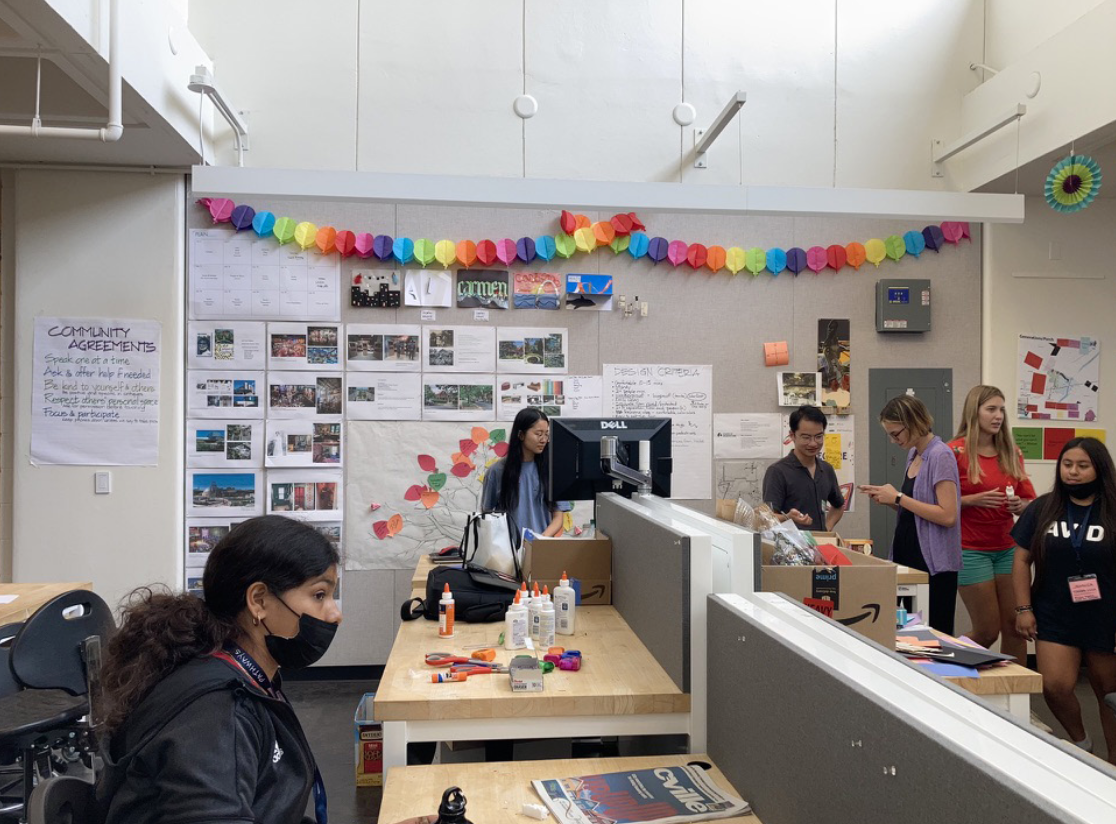
Youth designers at work
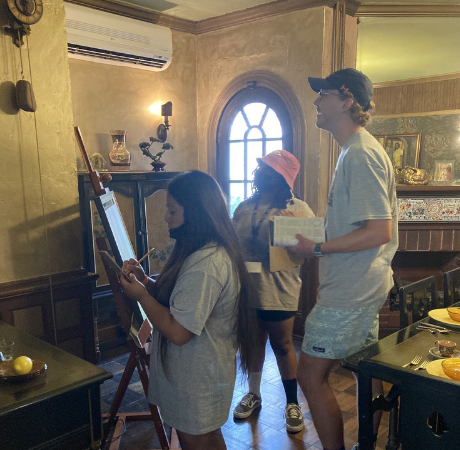
Youth designers visit the Anne Spencer House & Garden Museum
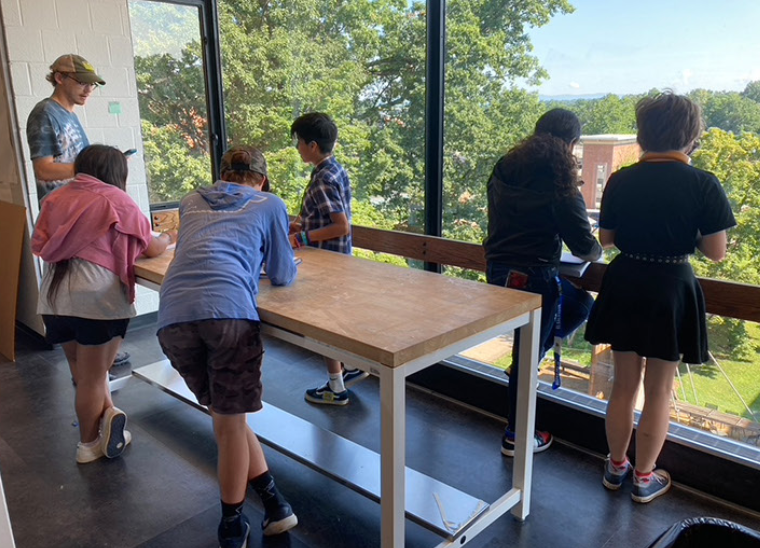
Youth designers at work
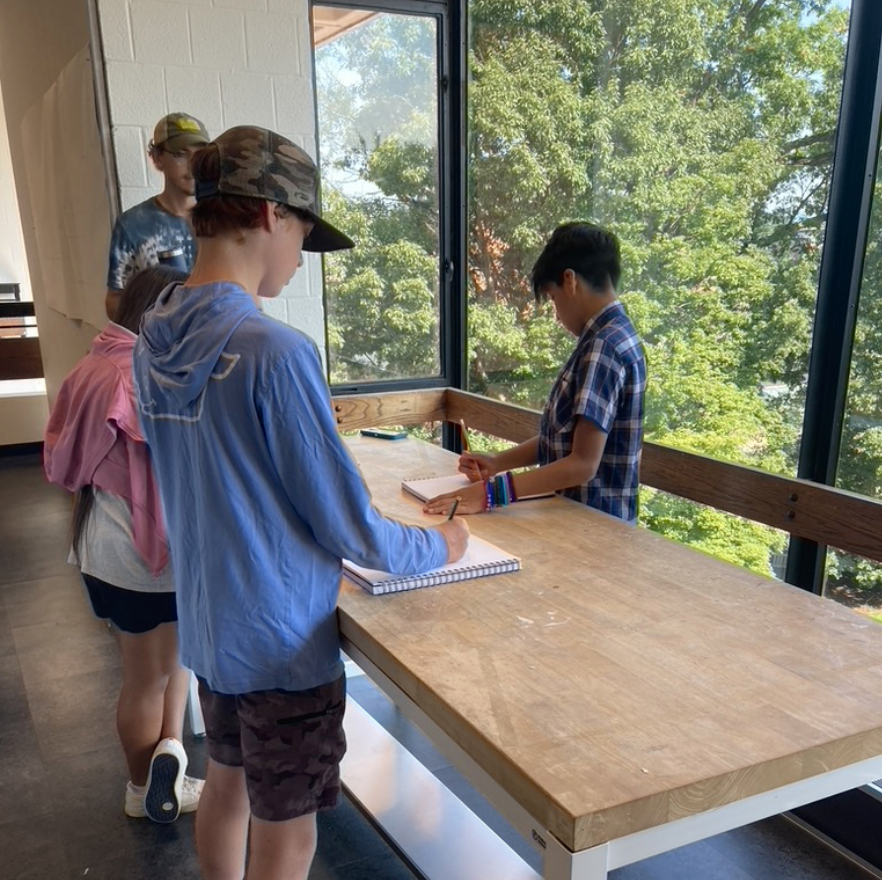
Youth designers at work in the UVA Architecture School
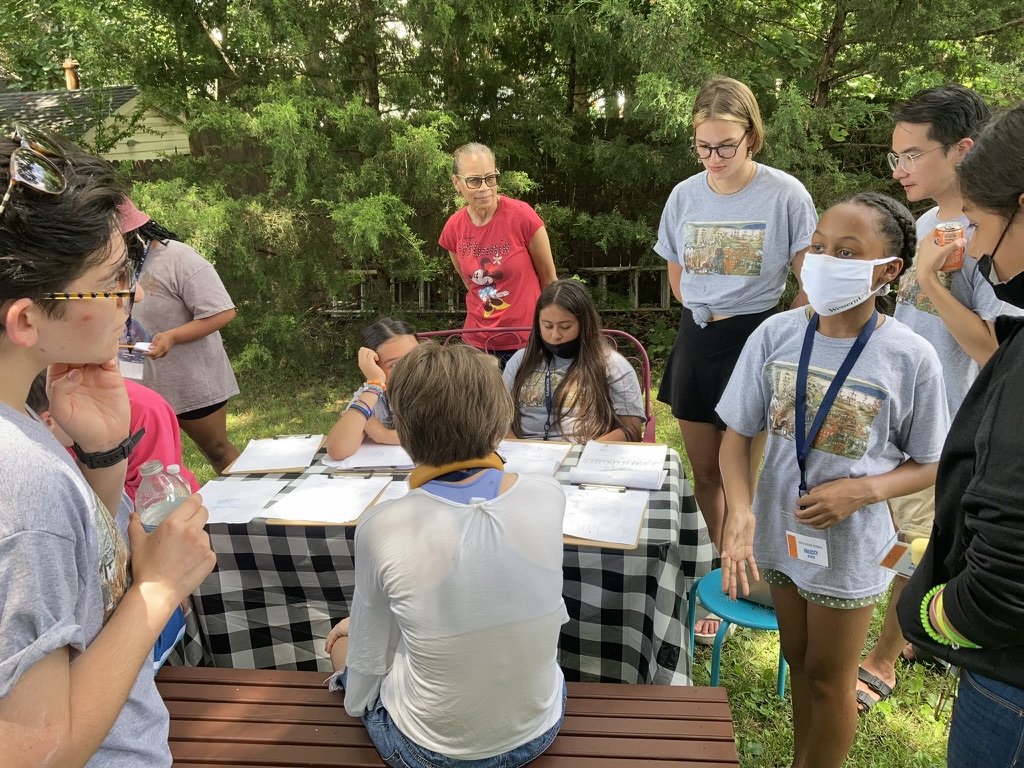
Youth designers discuss idea with Director Shaun Spencer-Hester
3. Develop + Prototype (Day 6-7)
Create: to bring something into existence
Fabricate: to construct and manufacture
Design development phase - full production mode in which final drawings and models will be shown, creation of drawings and models that fully tell the whole story of your design so that people understand it clearly and concisely
Fabrication
Constructing final bench, how to drill, sand, stain, paint, etc. in an effort to create a beautiful final product
Production
How does an architect create final drawings, using linework in a computer program to show ideas through drawing
4. Create + Fabricate (Day 8-12)
Develop: to grow, to become more elaborate
Prototype: to create in an effort to understand more
Testing out every idea possible and making multiple iterations of your design to ensure you have the best final product, in the end, putting your idea through the wringer, digging deep
Iteration
How to process feedback, look at a current design and decide what to do next, utilizing peers and teachers as a way of bouncing new ideas off of each other
Architectural Representation
Drawing in Plan, Section, and Axonometric to better understand a design, refining sketches into something with more detail and structure, using drawing to learn and discover new things
Youth Designers at Work During the Third and Fourth Phases
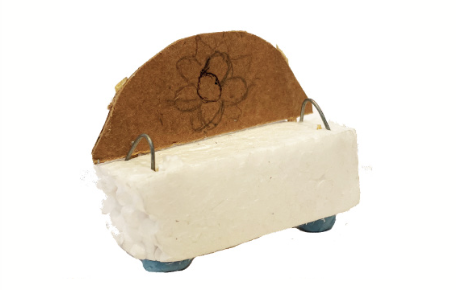
A youth designer's initial prototype
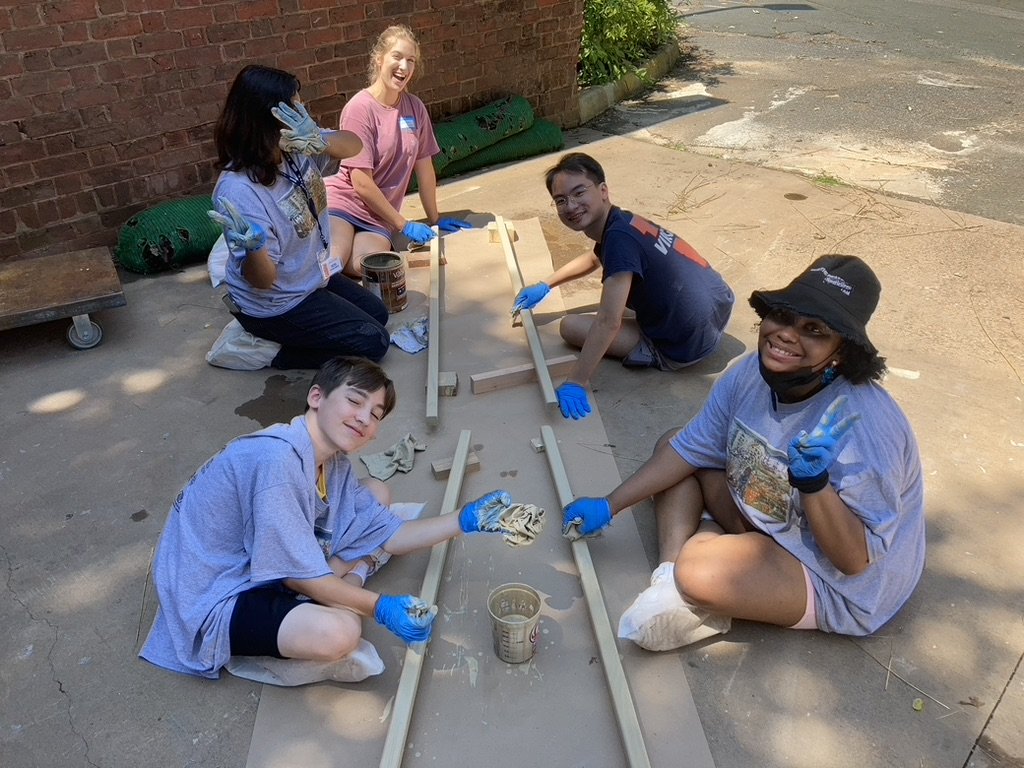
Youth designers at work
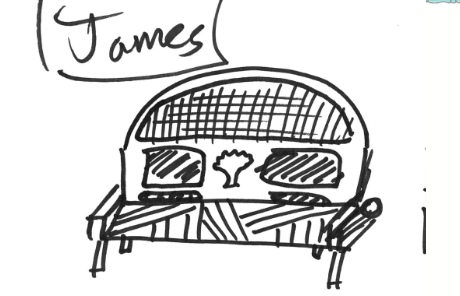
A youth designer's initial prototype
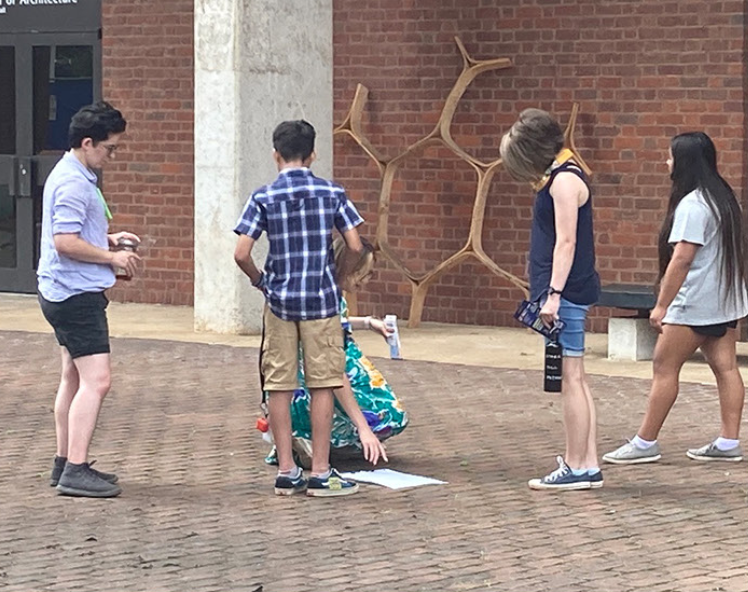
Youth designers at work
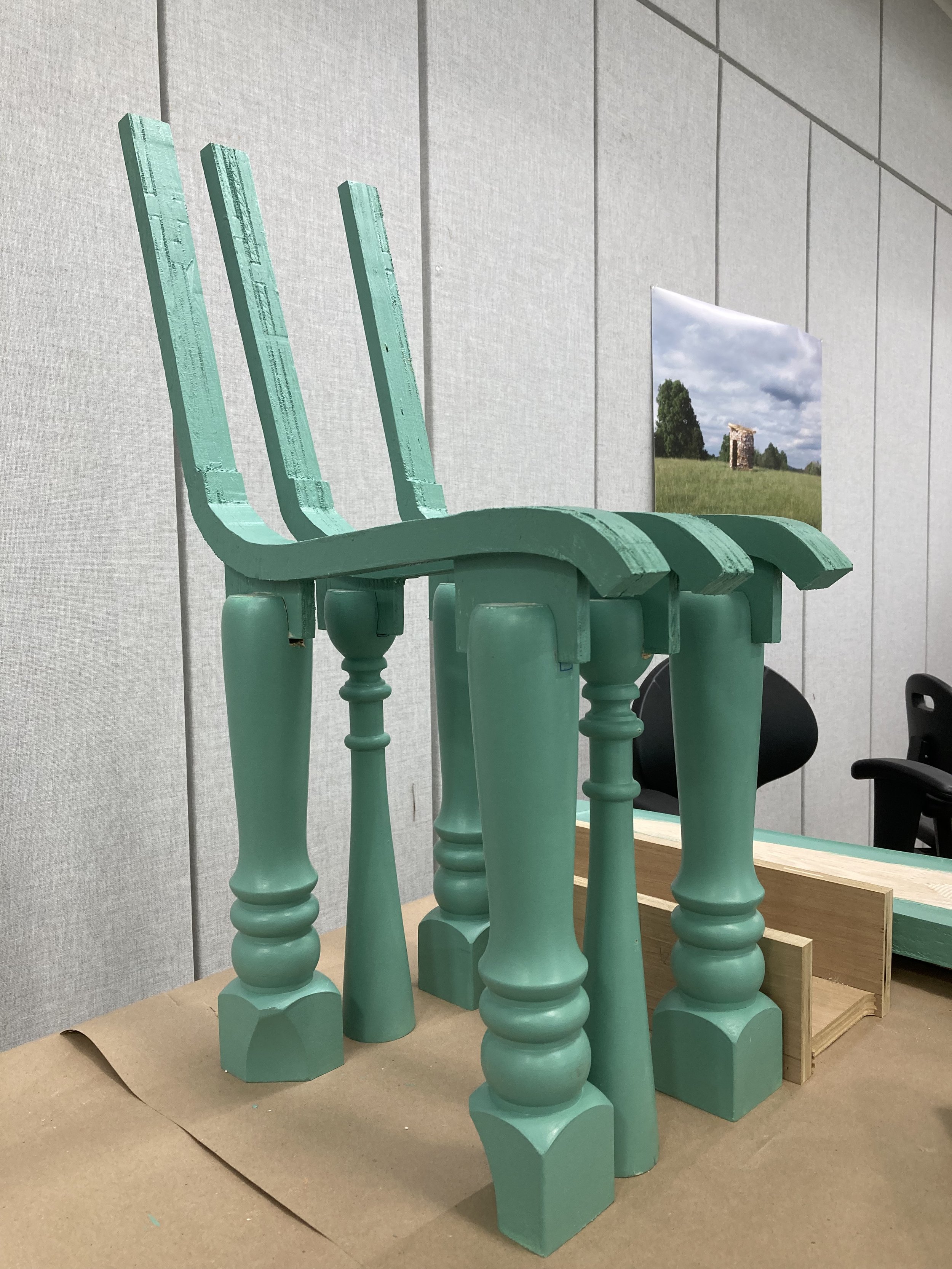

A youth designer's initial prototype
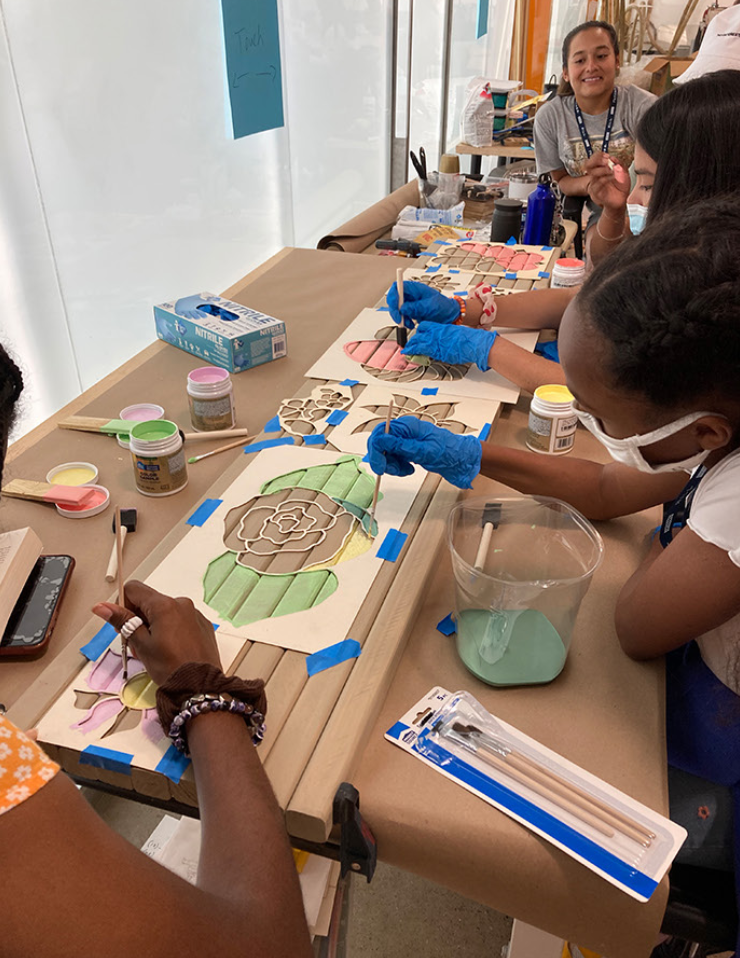
Youth designers at work painting the final benches
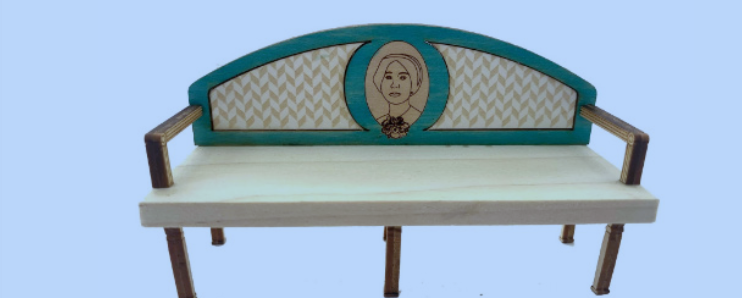
A youth designer's initial prototype
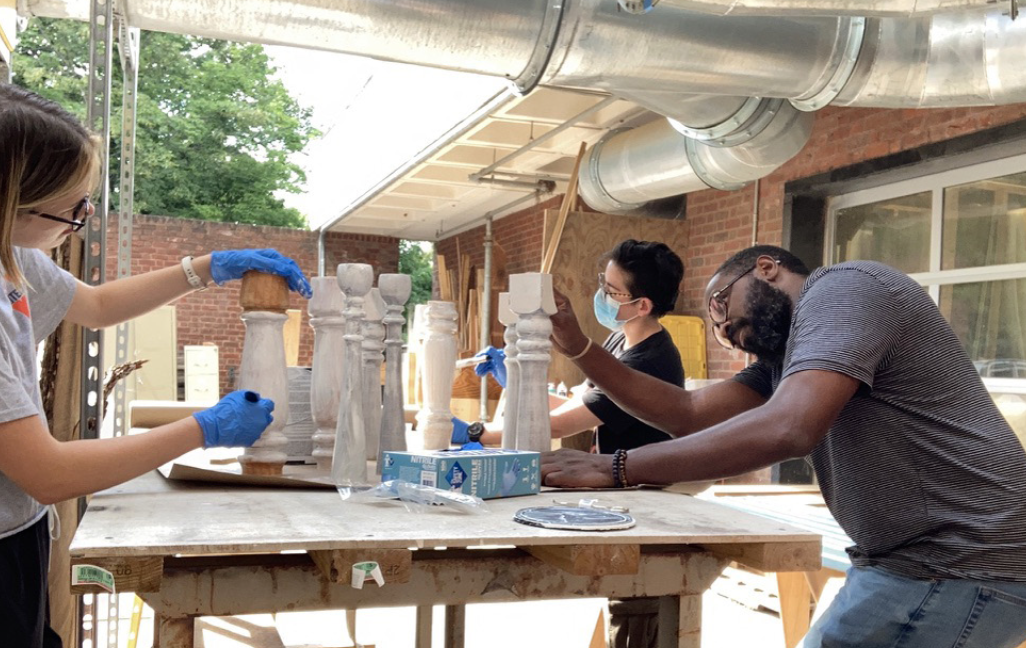
Professor Elgin Cleckley and SRAs paint bench legs
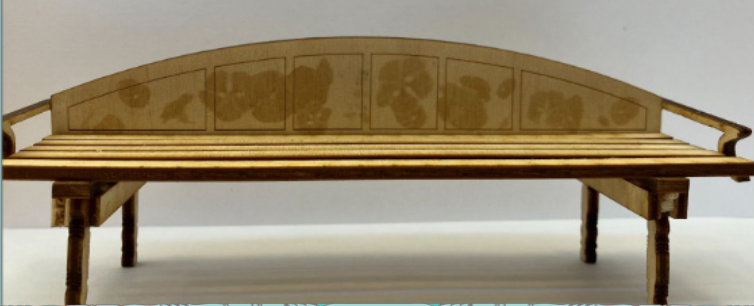
A youth designer's bench prototype
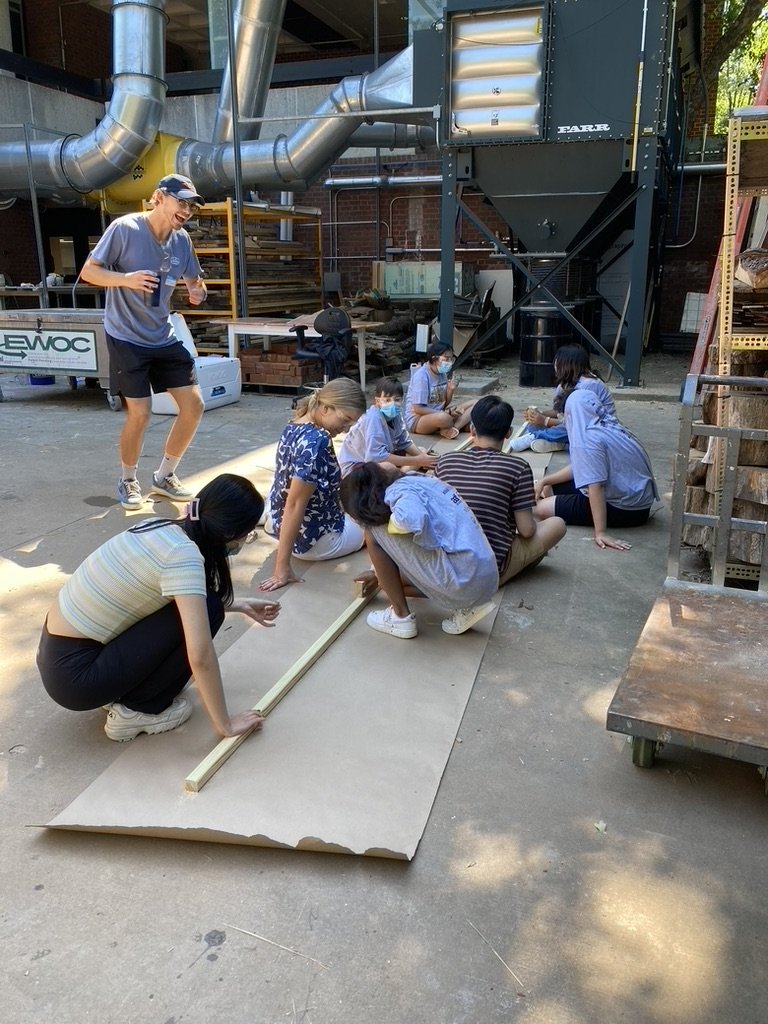
Youth designers and SRA Eric begin building the benches
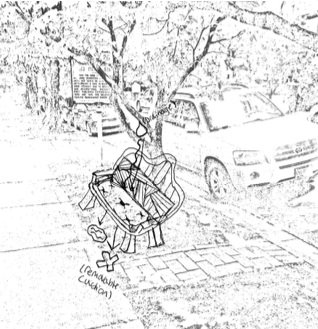
A youth designer's drawing
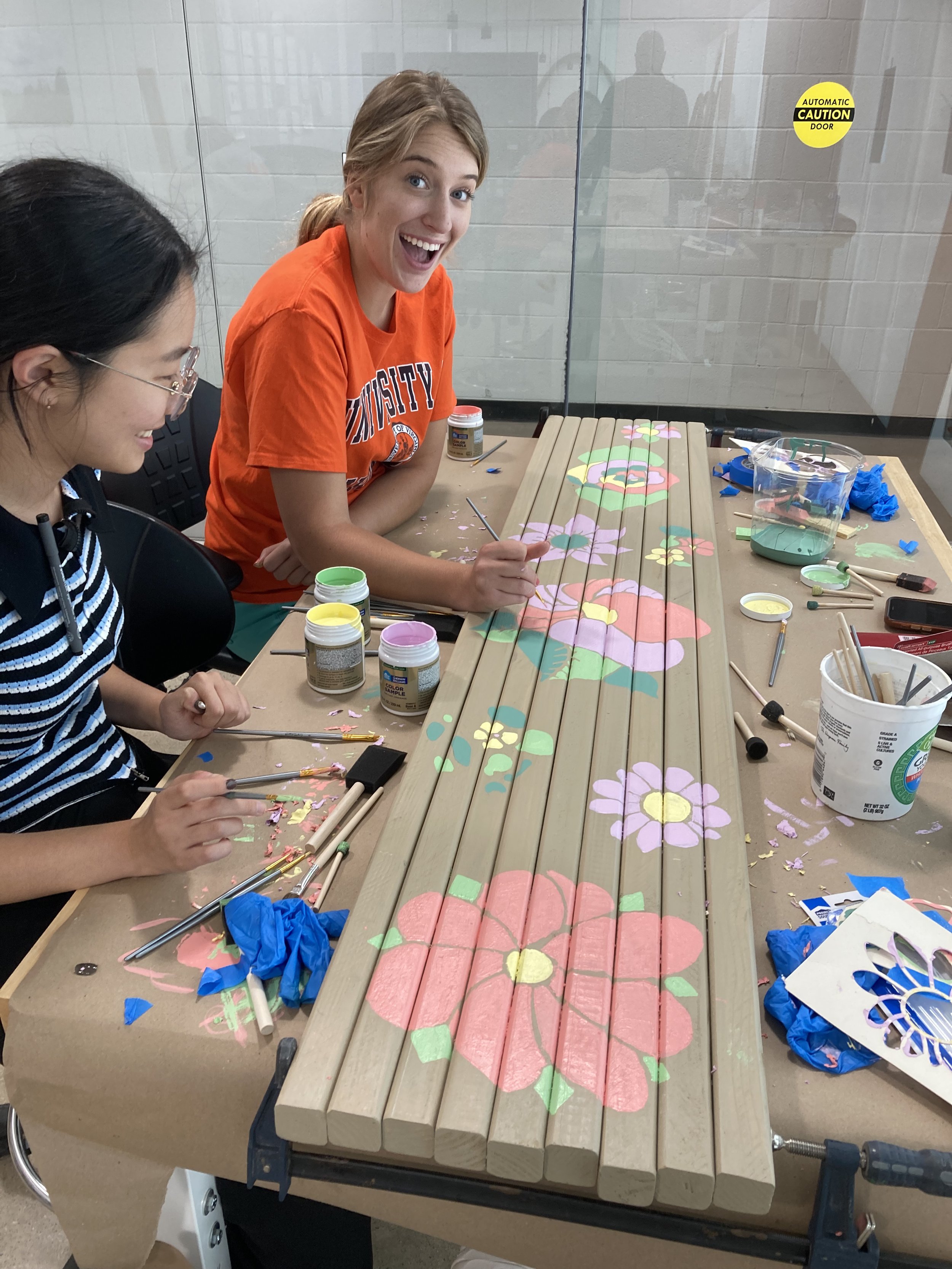
Youth designers at work painting the final benches
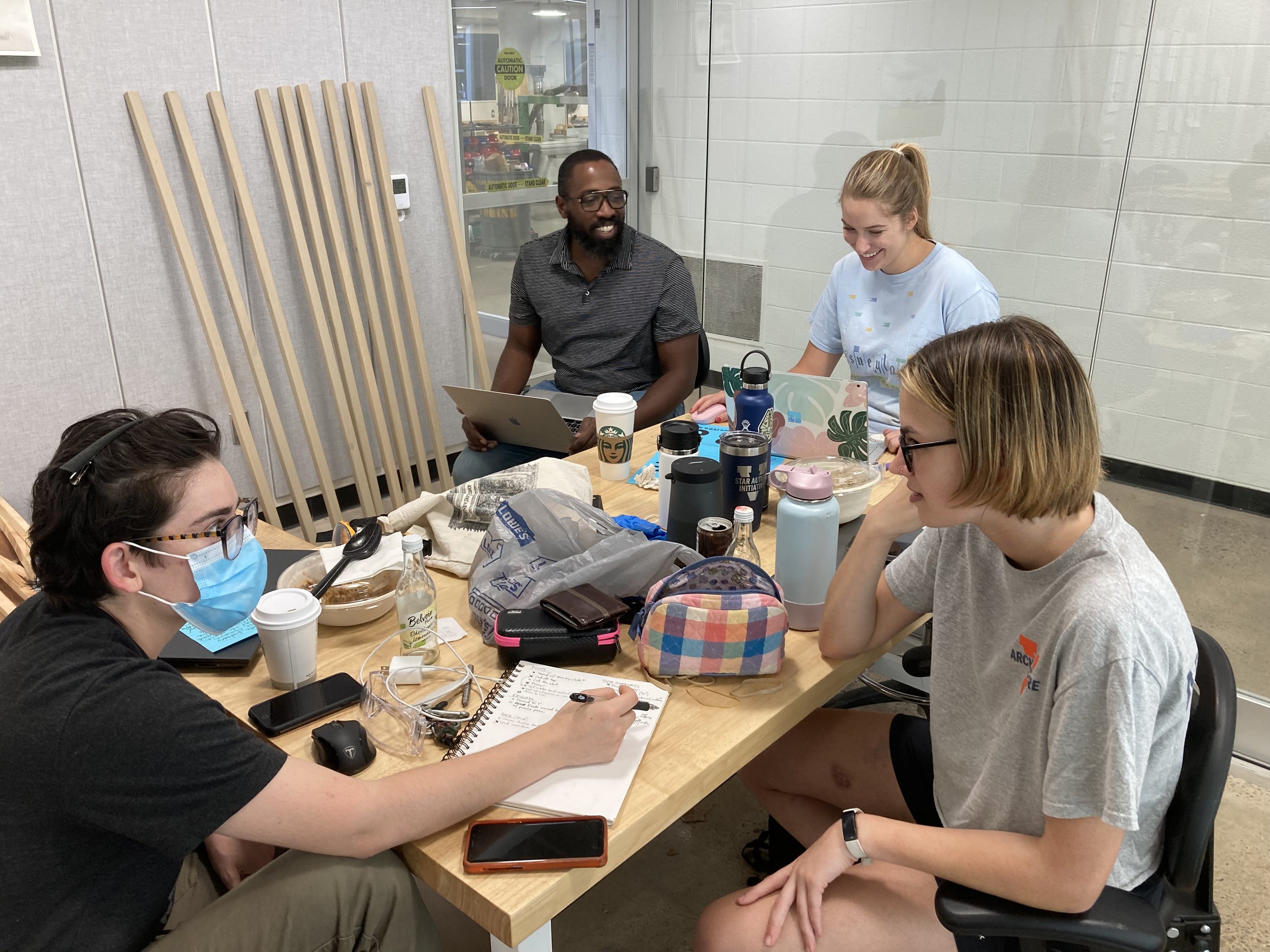
Professor Elgin Cleckley and SRAs discuss design plans
